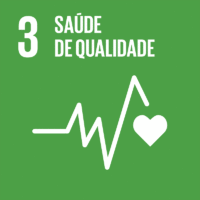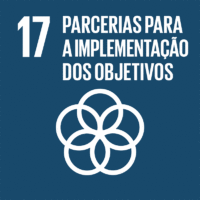Ciência_Iscte
Publicações
Descrição Detalhada da Publicação
Genetic diversity and signatures of selection of drug resistance in Plasmodium populations from both human and mosquito hosts in continental Equatorial Guinea
Título Revista
Malaria Journal
Ano (publicação definitiva)
2013
Língua
Inglês
País
Reino Unido
Mais Informação
Web of Science®
Scopus
Google Scholar
Esta publicação não está indexada no Overton
Abstract/Resumo
Background
In Plasmodium, the high level of genetic diversity and the interactions established by co-infecting parasite populations within the same host may be a source of selection on pathogen virulence and drug resistance. As different patterns have already been described in humans and mosquitoes, parasite diversity and population structure should be studied in both hosts to properly assess their effects on infection and transmission dynamics. This study aimed to characterize the circulating populations of Plasmodium spp and Plasmodium falciparum from a combined set of human blood and mosquito samples gathered in mainland Equatorial Guinea. Further, the origin and evolution of anti-malarial resistance in this area, where malaria remains a major public health problem were traced.
Methods
Plasmodium species infecting humans and mosquitoes were identified by nested-PCR of chelex-extracted DNA from dried blood spot samples and mosquitoes. Analysis of Pfmsp2 gene, anti-malarial-resistance associated genes, Pfdhps, Pfdhfr, Pfcrt and Pfmdr1, neutral microsatellites (STR) loci and Pfdhfr and Pfdhps flanking STR was undertaken to evaluate P. falciparum diversity.
Results
Prevalence of infection remains high in mainland Equatorial Guinea. No differences in parasite formula or significant genetic differentiation were seen in the parasite populations in both human and mosquito samples. Point mutations in all genes associated with anti-malarial resistance were highly prevalent. A high prevalence was observed for the Pfdhfr triple mutant in particular, associated with pyrimethamine resistance.
Analysis of Pfdhps and Pfdhfr flanking STR revealed a decrease in the genetic diversity. This finding along with multiple independent introductions of Pfdhps mutant haplotypes suggest a soft selective sweep and an increased differentiation at Pfdhfr flanking microsatellites hints a model of positive directional selection for this gene.
Conclusions
Chloroquine is no longer recommended for malaria treatment in Equatorial Guinea but sulphadoxine-pyrimethamine (SP) remains in use in combination with artesunate and is the only drug recommended in preventive chemotherapy in pregnancy. The high prevalence of point mutations in Pfdhfr and Pfdhps points to the danger of an eventual reduction in the efficacy of SP combined therapy in P. falciparum populations in Equatorial Guinea and to the essential continuous monitoring of these two genes.
Agradecimentos/Acknowledgements
--
Palavras-chave
Malaria,Equatorial Guinea,Genetic diversity,Drug resistance,Microsatellites,Plasmodium falciparum
Classificação Fields of Science and Technology
- Ciências Biológicas - Ciências Naturais
- Ciências da Saúde - Ciências Médicas
- Outras Ciências Médicas - Ciências Médicas
Contribuições para os Objetivos do Desenvolvimento Sustentável das Nações Unidas
Com o objetivo de aumentar a investigação direcionada para o cumprimento dos Objetivos do Desenvolvimento Sustentável para 2030 das Nações Unidas, é disponibilizada no Ciência_Iscte a possibilidade de associação, quando aplicável, dos artigos científicos aos Objetivos do Desenvolvimento Sustentável. Estes são os Objetivos do Desenvolvimento Sustentável identificados pelo(s) autor(es) para esta publicação. Para uma informação detalhada dos Objetivos do Desenvolvimento Sustentável, clique aqui.

 English
English



